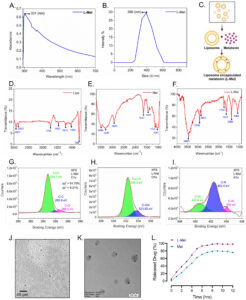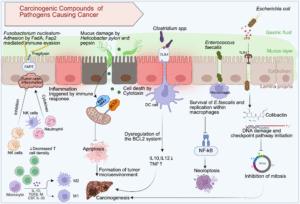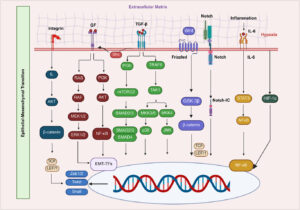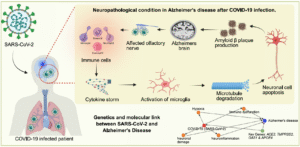Late Response of Antiretroviral Therapy in an HIV-1-Infected Patient due to Hepatitis B and C Coinfections: The First Case Report in Nepal
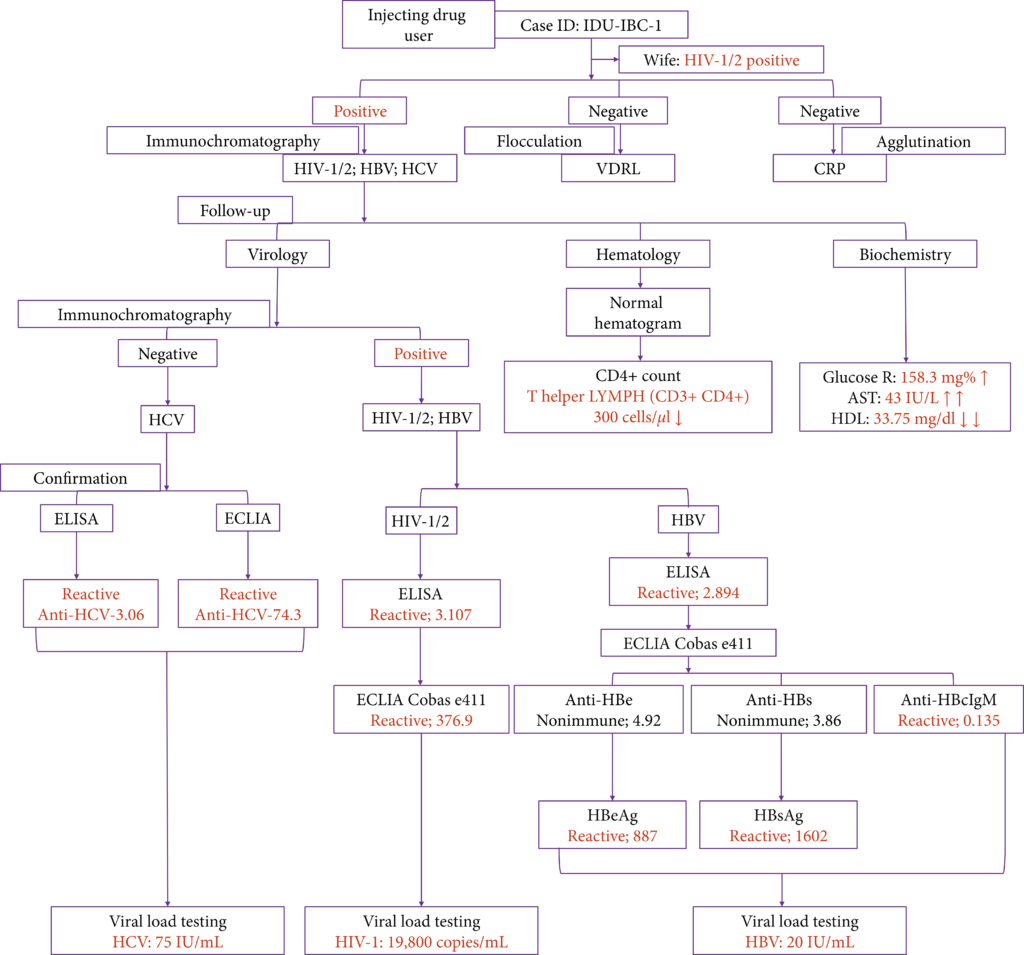
Sundar Khadka 1, Rupendra Shrestha 2, Sanjeet Pandit 1, Roshan Pandit 1, Anup Bastola 3
- HIV Reference Unit, National Public Health Laboratory (NPHL), Teku, Kathmandu, Nepal.
- Dr. Koirala Research Institute for Biotechnology and Biodiversity, Kathmandu, Nepal.
- Sukraraj Tropical & Infectious Disease Hospital, Teku, Kathmandu, Nepal.
Publication: Case Reports in Medicine. 2019 Feb 11;2019:2070973. doi: 10.1155/2019/2070973
Abstract– Aim. Dual coinfection of HCV and HBV in HIV-1-infected population is a leading cause of morbidity and mortality. Also, they share routes of HIV transmission; however, it might be associated with an independent factor like injecting drug use for HCV and unsafe sex for HBV. This case report suggests that hepatitis virus coinfection may lead to late response of antiretroviral therapy (ART) in HIV-1 patients. Patients and Methods. A 49-year-old male patient visited for the routine follow-up investigation at the National Public Health Laboratory (NPHL), Teku, Nepal. He was an HIV-1-positive injecting drug user (IDU) co-infected with HCV and HBV. The patient was under ART as per the National HIV Testing and Treatment Guidelines 2017, Nepal. Further, serological and viral load testing was performed for confirmation and monitoring therapy, respectively. Results. It is the first report that highlights the dual coinfection of HCV and HBV in an HIV-1 patient from Nepal. The follow-up investigation shows improved response to ART with an increase in CD4+ cells. However, detectable viral loads indicated for a late response might be due to effects of coinfections or viral interactions. Conclusions. Dual coinfection is rare; however, it is more serious with poorly defined epidemiology and evolution in an HIV-1-infected population. Thus, universal screening of HBV or/and HCV coinfection in HIV-1-infected population requires immediate implementation for true prevalence, proper management, and early intervention.
Cite: Khadka S, Shrestha R, Pandit S, Pandit R, Bastola A. Late Response of Antiretroviral Therapy in an HIV-1-Infected Patient due to Hepatitis B and C Coinfections: The First Case Report in Nepal. Case Rep Med. 2019 Feb 11;2019:2070973. PMID: 30886633; PMCID: PMC6388324.


